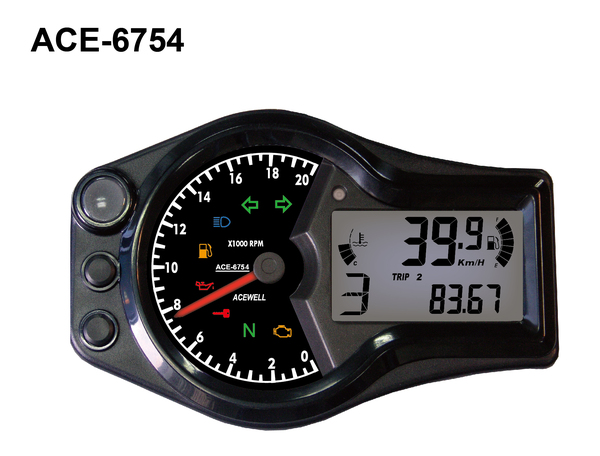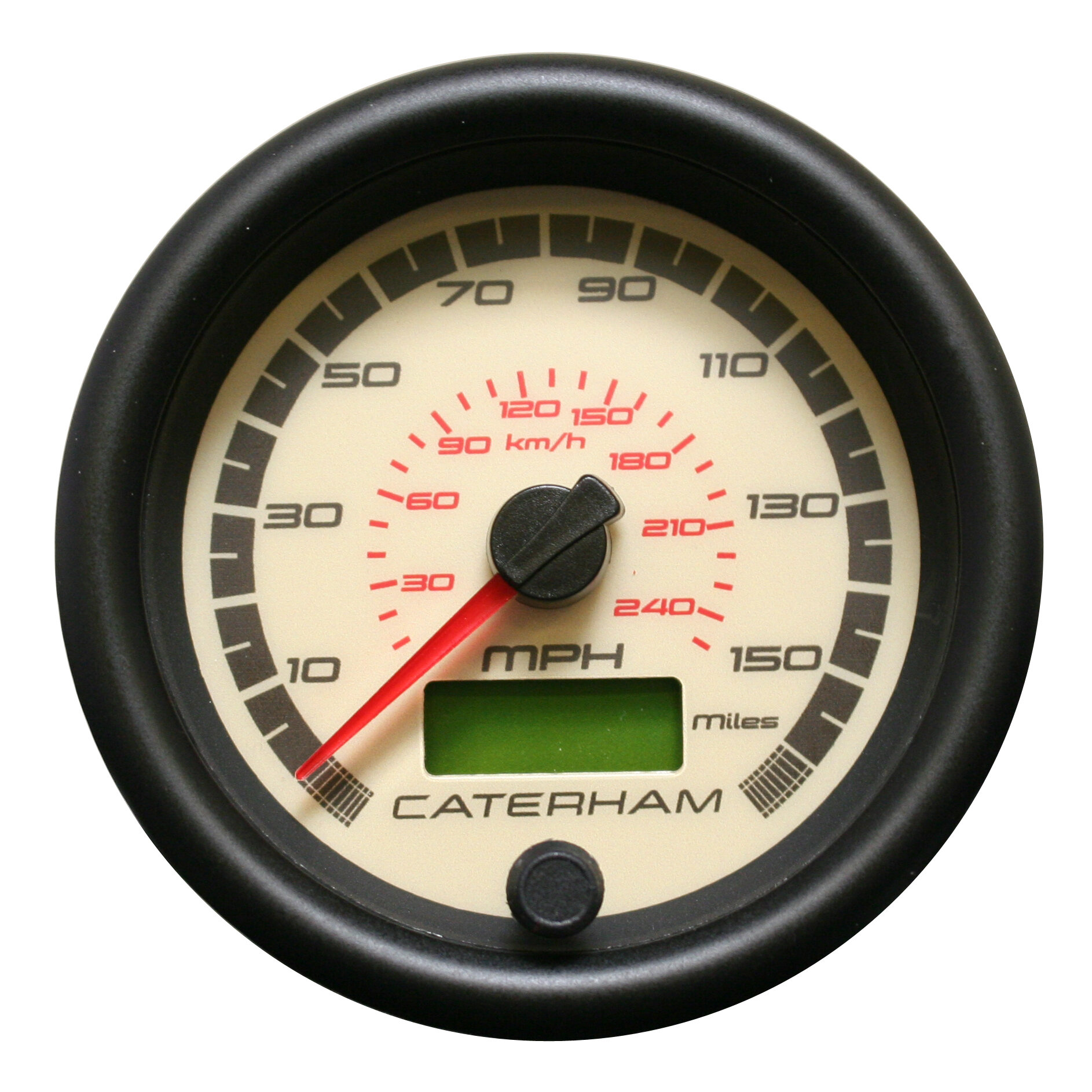Exactly How a Tachometer Assists Screen Engine Health and Performance
Exactly How a Tachometer Assists Screen Engine Health and Performance
Blog Article
Checking Out the Functions and Advantages of a Tachometer: A Comprehensive Overview for Car Enthusiasts
In the world of automobile instrumentation, the tachometer stands as an essential tool that provides chauffeurs useful understandings into their vehicle's performance. tachometer. From offering real-time data on engine speed to helping in maximizing equipment shifts, the tachometer acts as more than just a dial on the dashboard. Its multifaceted functions not just boost driving experience but likewise play an essential function in preserving engine health and wellness and efficiency. As we look into the detailed operations and benefits of a tachometer, a deeper understanding of its significance for vehicle fanatics and experts alike will unravel.
Comprehending the Basics of a Tachometer
In the world of vehicle instrumentation, comprehending the essentials of a tachometer is crucial for any type of vehicle fanatic aiming to look into the ins and outs of engine performance surveillance. A tachometer, commonly presented on the dashboard of a vehicle, determines the engine's revolutions per min (RPM) This essential instrument provides real-time data on how quick the engine crankshaft is revolving. By keeping an eye on the RPM, drivers can ensure they are running within the optimal array to make best use of performance and performance.
Tachometers typically have a scale noted in changes per minute, with a redline indicating the maximum rate at which the engine can safely run (tachometer). This information is essential for stopping engine damage and enhancing gear shifting for hands-on transmissions. Furthermore, tachometers can help in detecting engine issues such as misfires or a falling short ignition system by spotting irregular RPM readings
Value of Monitoring Engine Rate

Checking engine rate is a vital aspect of vehicle upkeep and efficiency optimization for vehicle enthusiasts and professionals alike. The engine rate, determined in transformations per minute (RPM), suggests just how fast the engine's crankshaft is rotating. By keeping a close eye on the RPM, drivers can make certain that the engine is running within the optimal array, stopping prospective damages from over-revving or stalling. Monitoring engine rate is particularly critical throughout gear changes, as it helps motorists identify the correct time to change equipments for smooth acceleration and reliable fuel intake.
Furthermore, tracking engine rate can also supply valuable insights into the overall wellness of the automobile. Unusual changes in RPM might show issues such as a blocked air filter, gas system troubles, or even engine misfires. By discovering these problems early on through the tachometer analyses, chauffeurs can attend to possible issues quickly, stopping more severe damage and costly repair work down the line. Generally, checking engine speed with a tachometer is a fundamental method that can enhance driving efficiency, lengthen engine life, and make certain a more secure and more enjoyable driving experience.
Enhancing Efficiency Via Equipment Shifts
Optimizing efficiency via critical gear changes is an essential aspect of making best use of an automobile's efficiency and power output. Correct equipment shifting ensures that the engine runs within its ideal power band, enabling smooth acceleration and boosted fuel economy. When changing gears, it is important to take notice of the engine speed showed on the tachometer. By checking the engine transformations per min (RPM), motorists can establish the most opportune minutes to upshift or downshift for optimal efficiency.

To accomplish peak performance via equipment shifts, vehicle drivers should practice smooth and timely transitions in between equipments, matching engine wikipedia reference speed with road speed to find out here harness the full capacity of their car's powertrain.
Optimizing Performance With a Tachometer
Mastering the art of gear shifting in high-performance vehicles not just enhances driving experience but also plays an important function in optimizing performance with a tachometer. tachometer. By paying attention to the tachometer analyses, motorists can enhance their gear shifts to operate within the engine's most reliable array. When speeding up, moving gears at the right RPM indicated by the tachometer can prevent the engine from straining or underperforming, bring about boosted gas effectiveness and general performance
Additionally, a tachometer aids motorists prevent unnecessary revving, which not just loses fuel yet additionally puts unneeded stress on the engine. Regularly monitoring the tachometer while driving permits for smoother gear transitions, lowering deterioration on the transmission system with time.

Advanced Tips for Tachometer Utilization
To delve right into innovative suggestions for tachometer usage, think about incorporating the use of change lights. Change lights are aesthetic signs that light up when it's time to move gears based on engine revolutions per min (RPM), permitting for smooth gear changes without regularly checking the tachometer. By fine-tuning change points and setting warning limits, vehicle drivers can optimize velocity and engine efficiency while reducing the risk of over-revving.
Verdict
Finally, the tachometer works as a vital tool for car enthusiasts to monitor engine rate, improve efficiency via equipment changes, and maximize performance. By comprehending the features and benefits of a tachometer, drivers can enhance their driving experience and prolong the life-span of their automobile. Utilizing sophisticated tips for tachometer application can even more boost driving skills and total efficiency on the roadway.
Report this page